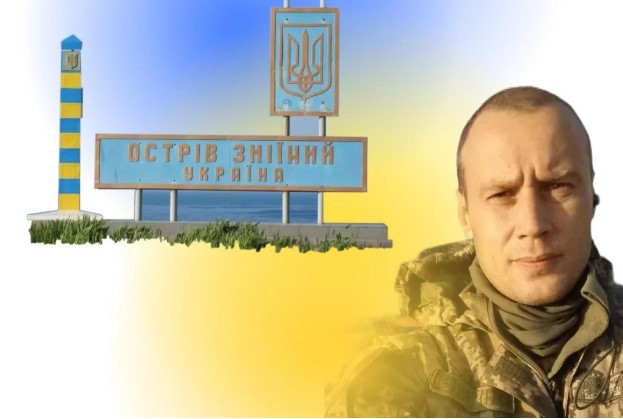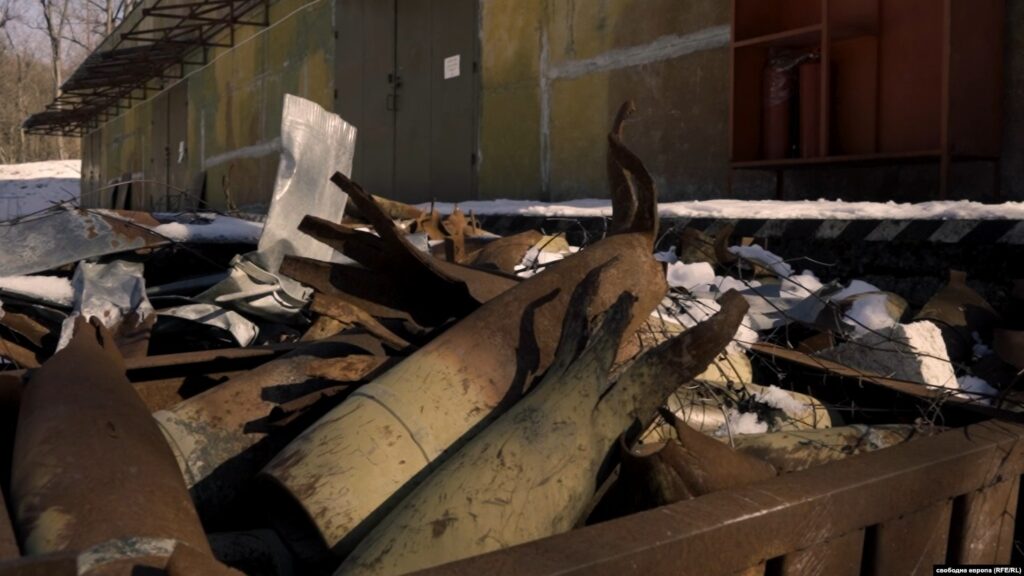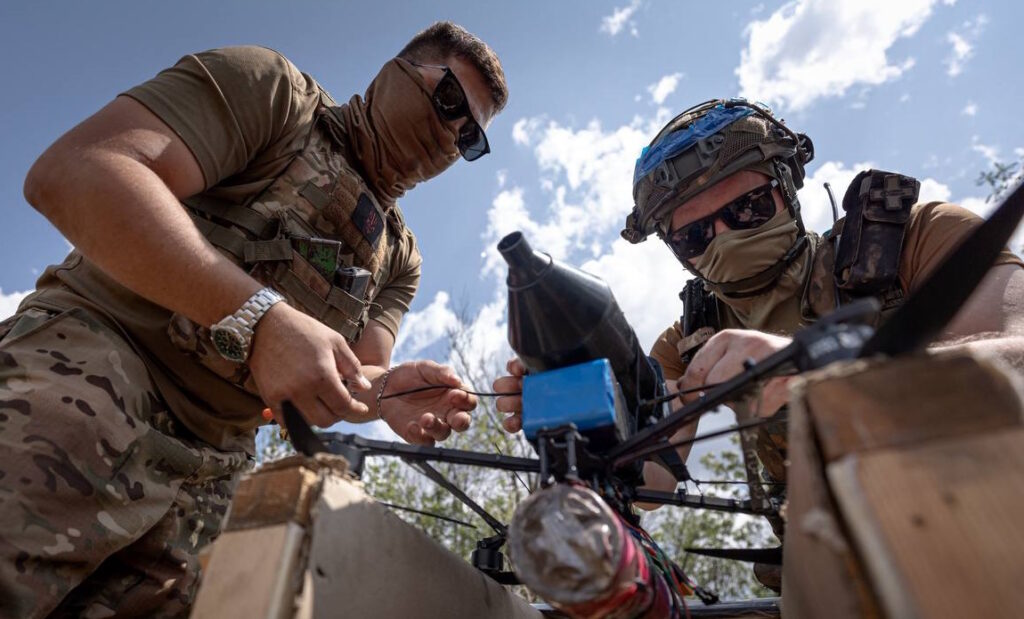Ukrainian war documentaries Russia doesn’t want you to see

As lives were upended—some rushing to the frontlines, others volunteering for humanitarian missions, many losing loved ones and homes—Ukrainian and international filmmakers began capturing stories that reveal both the devastating human cost of defending democracy and the extraordinary resilience of the human spirit.
From Oscar-winning footage of bombed maternity hospitals and killed children to heartwarming rescue missions of animals amid the war chaos, these films have earned unprecedented global recognition—including Ukraine’s first-ever Academy Award, along with BAFTAs, Sundance prizes, and countless festival honors.
These documentaries expose Russian war crimes while showcasing how Ukrainians find hope, create art, maintain faith, and build communities even in the darkest circumstances, proving that creativity, love and compassion can flourish alongside destruction and death.
More importantly, they serve as powerful antidotes to Russian propaganda that seeks to distort reality, invert victim and aggressor, and erase Ukrainian voices from the international narrative.
Here are seven war documentaries about Ukraine that reveal the full spectrum of how conflict reshapes lives and reveals humans’ true colors.
Soldiers of Song (2024)
Director: Ryan Smith (American)
Awards: Tribeca Film Festival premiere, Warsaw International Film Festival nomination (Best Documentary Feature)
What is it about? The film follows Ukrainian musicians who transformed their art into weapons of resistance against Russian aggression.
The documentary weaves together multiple extraordinary narratives: paramedic “Ptashka” (“Bird”) singing folk songs in Azovstal’s basement to lift survivor’s spirits during the siege of Mariupol in 2022; Slava Vakarchuk of the band Okean Elzy performing atop bombed buildings to raise awareness and visiting wounded children in hospitals; Andriy Khlyvnyuk of Boombox who joined the armed forces while continuing to raise funds for his unit through concerts, balancing his dual roles as drone operator and musician.
Through the Cultural Forces initiative, the film shows how music reaches soldiers directly at the front, where performances become vital sources of motivation and spiritual strength, embodying the philosophy that “Beauty urges us to align ourselves to experience the triumph of soul over body.”
Where to watch: Apple TV, Prime Video, Google Play
Why should you watch it? This shows how culture itself becomes a battlefield. Ukrainian artists fight for the freedom to create in Ukrainian language as Russians ban it on occupied territories. Making beauty becomes an act of defiance against cultural genocide while the film asks crucial questions: “How many Ukrainian musicians has Russia killed, and how many more will it kill if not stopped?”
Quote from the song in the film:
“And here we walk in the battle of life—Solid, durable, unbreakable, like granite, For crying hasn’t given freedom to anyone yet, But whoever is a fighter, he conquers the world.”
Faith Under Siege (2025)
Director: Yaroslav Lodygin (Ukrainian)
What is it about? The film exposes brutal persecution of Christians in Russian-occupied Ukraine, documenting bombed churches, imprisoned or killed pastors, and the abduction of over 19,000 Ukrainian children. It follows Evangelical and Protestant believers in what was once called the post-Soviet “Bible Belt” as they struggle to keep faith alive in secret.
While Russia spreads propaganda claiming Ukraine persecutes Christians by restricting Kremlin-linked Orthodox churches amid the war, the film exposes the brutal reality: it’s Russian occupation forces systematically pressuring, torturing, imprisoning, and killing Christians in occupied Ukrainian territories, especially those who refuse to collaborate with the FSB.
Where to watch: YouTube
Why should you watch it? This exposes a classic authoritarian tactic of accusing your opponent of your own sins while the international community’s attention is divided. The film calls believers to prayer, awareness, and solidarity while showing how Ukrainian Christians stand strong against religious persecution, proving that faith can survive even under the most brutal conditions and revealing the true face of Russia’s so-called “defense” of Christianity.
Porcelain War (2024)
Director: Brendan Bellomo & Slava Leontyev (Ukrainian-American)
Awards: Sundance Grand Jury Prize winner, Oscar nominated 2025 (Best documentary feature)
What is it about? Set in war-torn Kharkiv close to the Russian border, the film follows three Ukrainian artists who create delicate porcelain figurines while living through the brutal reality of Russian invasion, filled with destruction and terror.
Slava, a former Ukrainian Special Forces soldier, transforms from artist to weapons instructor, teaching civilians how to fight while continuing to craft ceramics with his wife Anya. She developed her unique style of painting on ceramic miniatures at Kharkiv School of Arts and channels her resistance through art that captures their “idyllic past, uncertain present, and hope for the future.” Meanwhile, Andrey, originally from annexed Crimea (Feodosia), serves as first-time cinematographer documenting their story while simultaneously working to get his family to safety abroad.
The film contrasts stunning Ukrainian landscapes with the wreckage caused by war missiles, showing how these artists defiantly find beauty amid destruction while some take up guns alongside their brushes.
The jury called the filmmaking “the ultimate pursuit of good” while resisting totalitarian aggression.
Where to watch: Prime Video, Takflix
Why should you watch it? This film embodies how artists put beauty back into a crumbling world, showing that while it’s easy to make people afraid, it’s hard to destroy their passion for living. It’s both an intimate love story and a powerful statement about art’s role in resistance.
No Sleep Til Kyiv (2025)
Director: Eric Liebman (American)
What is it about? The documentary follows international volunteers, including American homebuilder Peter Duke from Orlando, who leave their comfortable lives to join convoys delivering military trucks and other essential aid from Estonia to Ukrainian soldiers in Kyiv.
Working with the 69th Sniffing Brigade (NAFO), volunteers drive 30+ hours straight through Latvia, Lithuania, and Poland, sleeping through air raid sirens and witnessing Russian destruction firsthand.
Stories of ordinary Ukrainians who paused their jobs to defend their homes are woven throughout the film, alongside international volunteers who take time from their lives to assist them.
Duke draws powerful parallels between Ukraine’s fight and America’s birth in 1776, saying “All of us in Western democracies that hope for peace and security need Ukraine to succeed.”
Where to watch: Here
Why should you watch it? The film offers an American perspective on why Ukraine’s fight matters globally—if Russia succeeds, the authoritarianism will spread further, possibly affecting countries like Taiwan and South Korea.
The film also shows how ordinary citizens can get involved in fighting Russian aggression without wearing a uniform, demonstrating that remarkable acts of selflessness and purpose transcend borders and politics.
20 Days in Mariupol (2023)
Director: Mstyslav Chernov (Ukraine)
Awards: Ukraine’s first-ever Academy Award (Best Documentary 2024), BAFTA winner, Pulitzer Prize, Sundance Audience Award
What is it about? The film follows Ukrainian journalists working for Associated Press who remained the last and only international reporters in besieged Mariupol during the first weeks of Russia’s full-scale invasion in 2022.
Chernov and his team documented Russian airstrikes on a maternity hospital, mass graves, frightened people huddled in shelters, and the deaths of civilians, including a 4-year-old girl as the doctors desperately tried to save her life, while Russian officials dismissed all their footage as “fakes.”
Many conversations in the film are conducted in Russian, exposing the cynicism of Moscow’s claim to be “saving Russian speakers.”
Chernov said he wishes he never had to make this film and would exchange all recognition for Russia never invading Ukraine.
“My brain desperately wants to forget this, but the camera won’t let it happen,” the director says in the film.
Where to watch: Prime Video, Apple TV, Netflix, Takflix
Why should you watch it? This is raw historical documentation at its finest—no contrived drama, just authentic footage that speaks for itself. As Chernov notes, “This is painful to watch—but it must be painful to watch.” It stands as crucial evidence of Russian war crimes and the price Ukrainians pay for freedom.
Quote from the film:
“War is like an X-ray — all human insides become visible. Good people become better, bad people become worse.”
A House Made of Splinters (2022)
Director: Simon Lereng Wilmont (Danish)
Awards: Sundance Best Director Award, Oscar nominated in 2023, FIPRESCI Award
What is it about? Set in a special orphanage in Lysychansk, an eastern Ukrainian town exhausted by Russia’s war, the film follows three children temporarily separated from their parents and living in danger near the frontlines in Donetsk Oblast.
While they wait for custody decisions from authorities and courts that will determine whether they return home or move to new families, a small group of strong-willed social workers work tirelessly to create an almost magical safe space. These selfless caregivers give moments of joy and calm to children, bringing them back to their childhood that has almost been lost amid the family drama and ongoing conflict around them.
Where to watch: Apple TV+, Amazon Prime Video, Takflix
Why should you watch it? This deeply intimate portrait shows war’s long-term impact on society’s most vulnerable members through an extraordinarily poignant lens. Danish director explores how conflict affects children, offering a profoundly moving look at resilience, hope, and the power of human compassion even in the darkest circumstances.
Us, Our Pets and the War (2024)
Director: Anton Ptushkin (Ukrainian YouTuber)
What is it about? The documentary tells stories of people and their animals when Russia’s full-scale invasion began in 2022—from cats and dogs in abandoned apartments and shelters to lions, tigers, bears, lemurs, and even Igoryok the Yemeni chameleon in zoos.
It features famous pets like Patron the dog and Shafa the cat, plus soldiers, volunteers, foreigners, and Ukrainians participating in rescue missions everywhere from bomb shelters to the front lines.
The main idea of the film comes from shelter founder Asia Serpinska: “Save animals to stay human.”
Where to watch: Netflix
Why should you watch it? It shows how rescuing animals becomes both a way to preserve humanity amid violence and a form of mutual salvation—revealing the extraordinary close connection between people and animals that war has only strengthened.
Quote from the film:
“When it seemed that we were saving animals, in reality, it was animals that saved us.”




